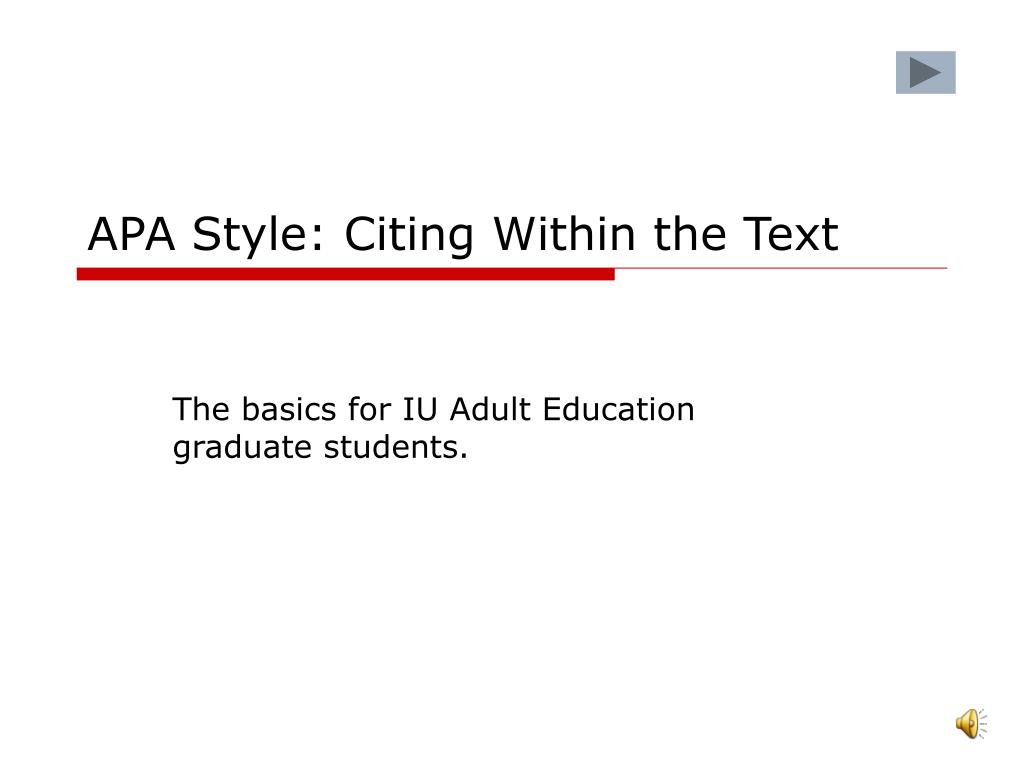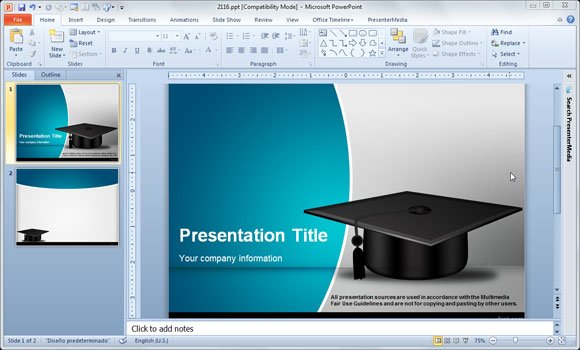

If people can see you clearly, you can use “air quotes” by holding up one or both of your hands and moving your pointer and index fingers up and down, as if you were drawing quotation marks in the air.Say “Quote” immediately before you start reading the quote, and then say “Endquote” immediately after the last words of the quote.The two methods below, while not preferable, are also acceptable. Pause slightly again after the quote to indicate switching back to your own voice. This is the best method, but not easy to master quickly. Pause slightly after the introductory phrase, then read the quote expressively so that the quote sounds like a second voice.Clearly tell the audience what is quoted by marking the beginning and end of the quotes using one of the following options:.both popular press articles and scholarly articles), or when you rely heavily on one or two sources that you present up front. This can work well when you combine original research and published resources, when you work with different fields (e.g. You might choose give your audience a brief (a couple of sentences) overview of how you did your research, much like the “methodology” part of a scientific study or the “literature review” in a scholarly article in the social sciences and humanities.you conducted a survey, interview, experiment, or observation), just simply tell your audience what you did. If your source is original research (e.g.Give your audience just enough detail to help them understand who provided the idea or information and how credible the source is.Katherine Z, a journalist writing for the prestigious New York Times, offers this example….Farooq Y, author of the well-researched 2010 study, Early American Nutrition and Politics, argues that….According to Joseph X, a professor of Yada Yada at Blah Blah University,….Use an introductory phrase such as one of the following:.The citation needs to be brief, because it’s hard to digest the citation while evaluating the information, both of which are given within a few seconds’ time. Since listening to a live presentation is a linear process (you can’t skim or jump around and hear it out of chronological order), it’s best to introduce the source before you present the information, so your audience members are ready to evaluate the information with the source (and your view of it) in mind when they hear the material from the source. In an oral presentation, your audience can’t flip back and forth between in-text citations and a reference list, nor can they look for a footnote or an endnote: you need to tell them where the information, idea, or words come from as you say it.

#HOW TO INSERT A CITATION IN POWERPOINT FULL#
Have a full reference list handy for answering questions.Adapt a citation format to cite the sources of what is written on your visuals.When you cite sources in an oral presentation, there are 3 basic parts

Sometimes this is called giving credit, attributing, or referencing. Academics - Academic Departments - Language and Literature - Research Conference - Citing Sources in an Oral Presentation Citing Sources in an Oral PresentationĬiting your sources just means telling where you got particular ideas or bits of information that did not originate in your own head.


 0 kommentar(er)
0 kommentar(er)
